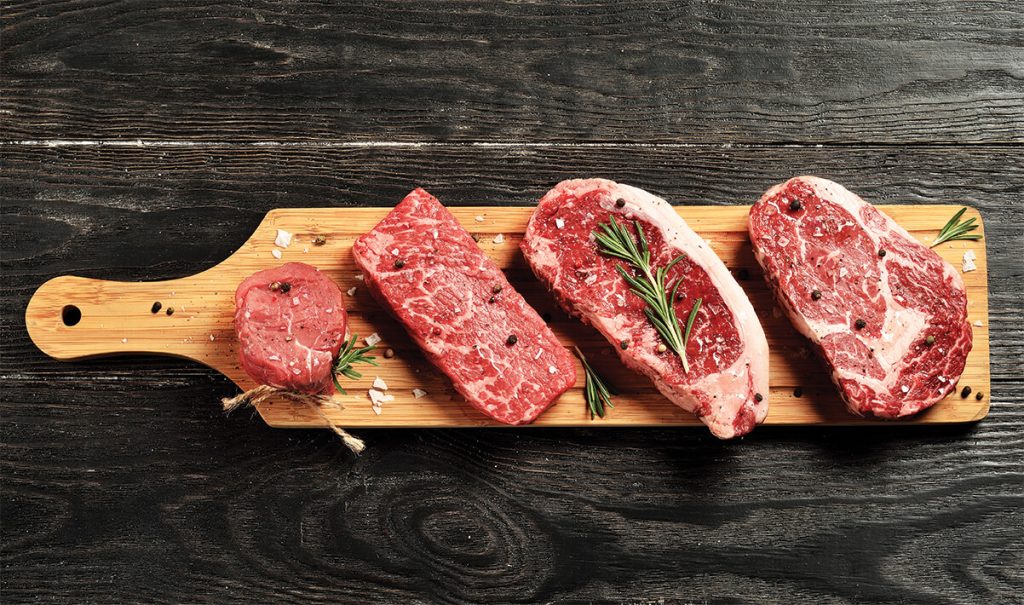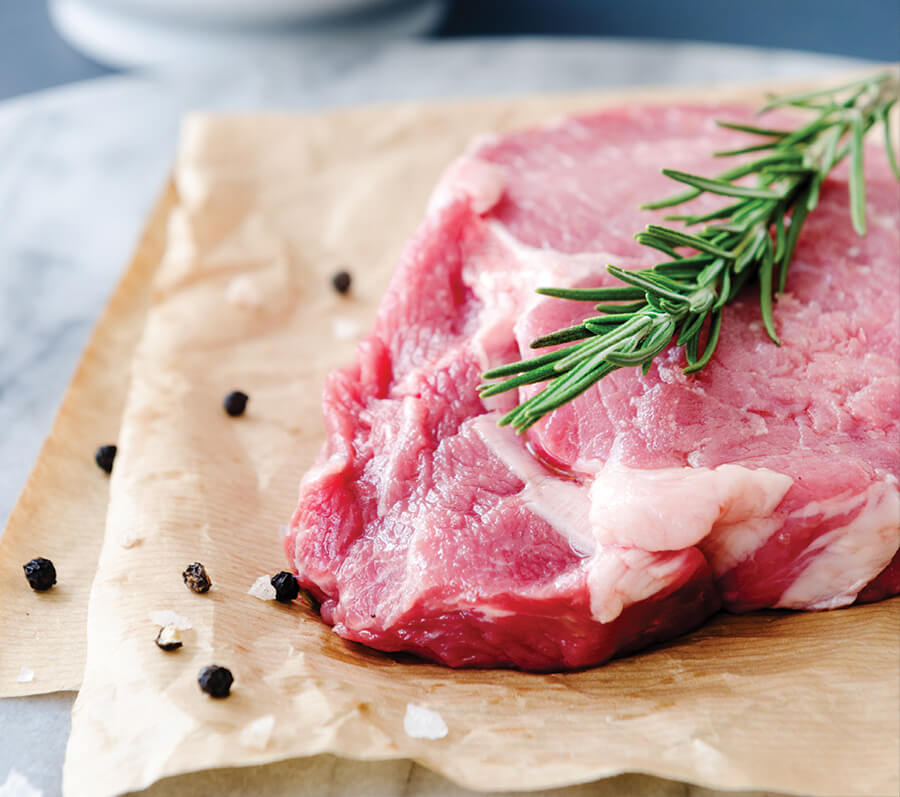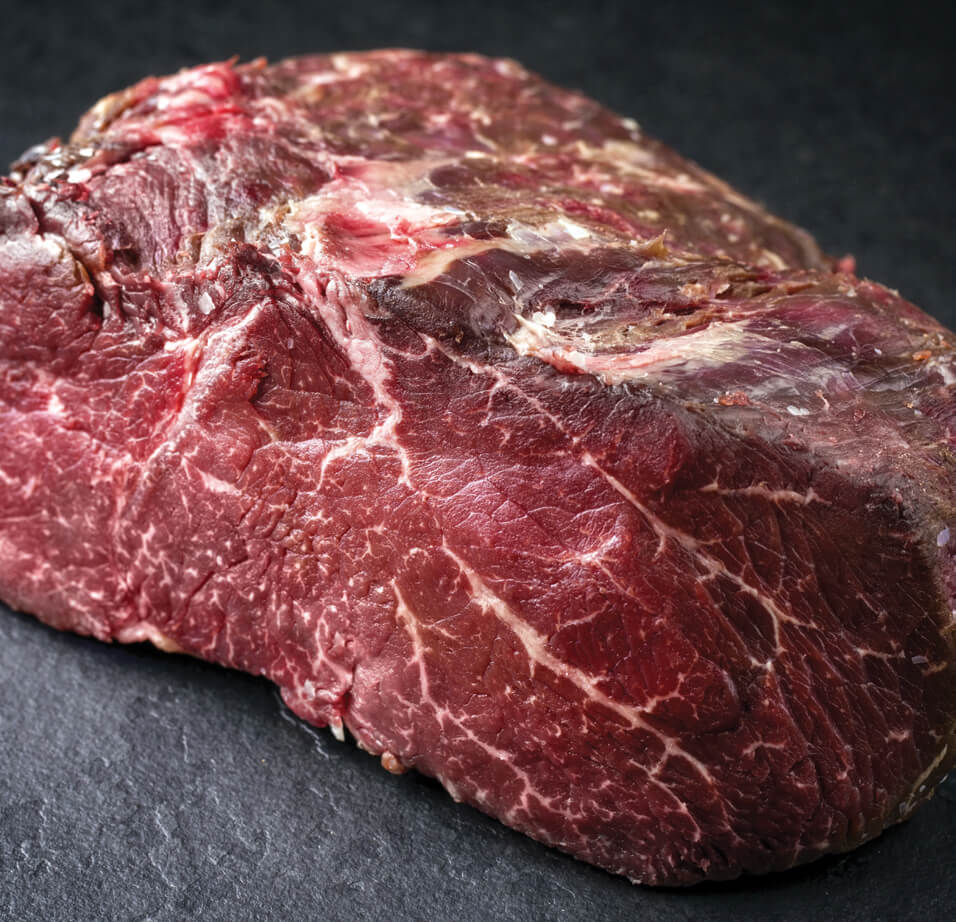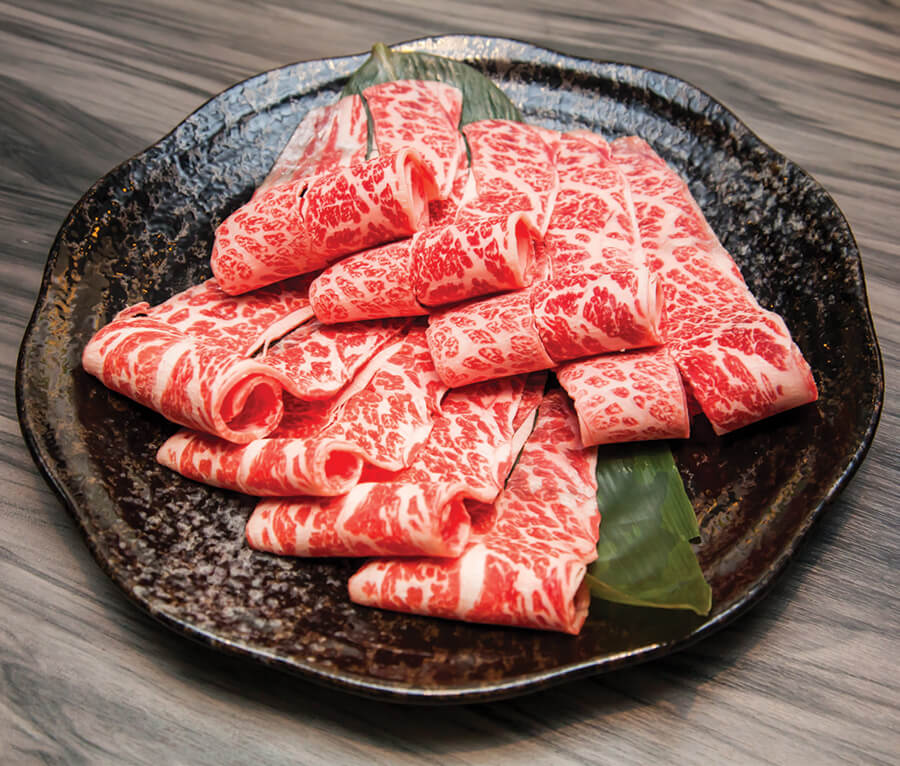
Do you know which part of the cow different cuts of steak come from? Or the difference between terms such as Wagyu and Angus? It’s time to beef up your knowledge.
At a steakhouse, the general rule of thumb is that the higher the price, the better the slab of steak. But this isn’t always the case — a filet mignon is usually the most expensive item on the menu, but it does not necessarily mean it is the best choice.
Understanding beef grades

To understand steak, it helps to know a thing or two about the grades of beef. It is possible to identify a slab of high-quality steak just by looking at it: thin white streaks of fat mean flavour and juiciness.
Numerous government agencies class beef based on the age of the animal and the amount of fat stored in the meat (the latter causes the meat to look marbled). As a general guide, the younger the meat and greater the marbling, the better the quality of beef. However, be warned — thick lines of fat are indicative of connective tissue, which makes the meat tough. Meat with low connective tissue content is extremely tender.
Prime-grade beef refers to premium cuts that are served in fine-dining restaurants. Only steaks with the very best marbling are Prime-certified. The next classes of beef are called Choice and Select. These are cuts that typically wind up in supermarkets and grocery stores.
The best cuts
A primal cut is the term for a section of beef. In general, the most tender cuts of beef are found furthest from the horn and the hoof. By contrast, the shoulder and leg muscles work the most and are, hence, extremely tough. These tougher cuts come with a great deal of connective tissue, which makes them perfect for braised dishes such as beef stew and ground beef.The next thing to look out for is the cut of beef.
There are three major sections of beef that are guaranteed to brighten the day of any beef connoisseur: the rib (upper back), short loin (middle back) and sirloin (lower back). The following are the four top steak cuts that will whet anyone’s appetite.
1. Rib-Eye
The rib-eye is the ultimate meat-lover’s steak. Also known as beauty or Spencer steak, rib-eye beef is cut from the upper back of a cow, or the section between the sixth and 12th ribs. It is usually beautifully marbled, which makes it one of the best cuts with the richest flavours.
The abundance of marbling also makes it the perfect cut for grilling, pan-frying, broiling and slow roasting. However, stay armed with a pair of tongs as its fat and moisture can lead to flare-ups! For maximum juiciness, keep it medium rare to medium.
2.Tenderloin
The filet mignon, or tenderloin, is a healthy alternative to the flavourful rib-eye steak. Obtained from the short loin primal, it is the most tender of all steaks and is fine-grained in texture. As a result of its lack of fat and bone, it is not the most flavourful of steaks, but it can be served with sauces, toppings or wrapped in bacon.
Pan-frying or grilling tenderloins works best, but take note that they cook much faster than other cuts. People who do not prefer the marbling of the rib-eye will thoroughly enjoy the tenderloin.
3.Strip Loin
The strip loin, or the New York Strip, is harvested from the other side of the short loin primal and is an extremely versatile cut of beef. Though not as tender as tenderloins or rib-eyes, strip loins make fantastic roasts and steaks due to their medium fat content and nice, firm texture.
When shopping for strip loins, avoid those that are shaped like a question mark as they are usually obtained from the area that is close to the sirloin section. Instead, look for slabs that are wide and relatively straight.
4. Top Sirloin
The top sirloin, or top butt steak, is a prized quality cut found under the tenderloin. Since top sirloin beef is not as heavily marbled as a rib-eye or strip, it makes a great option for weight-conscious people.
Choose steaks that are at least one inch thick to avoid the risk of the meat drying out, and be sure to enhance your top sirloin with bold flavour boosters. For the perfect dinner, grill, broil or pan-fry your steak to perfection.
The truth is that there is no ‘best’ cut of steak. Rib-eye may be the preferred choice, but some people simply adore the tenderloin. In the same manner, many may desire medium-rare doneness; for others, rare is divine [see sidebar]. Taste is really a matter of individual preference, so don’t be afraid to order or cook it exactly the way you want it. Also, the only way to make a perfect meal is to practise. Don’t forget to baste the steak with a sprig of rosemary, Jamie Oliver-style. As for the side dishes, there’s an entire buffet for you to choose from — how does asparagus and roasted potatoes sound?
Nutritional value
Packed full of protein and minerals, red meat is one of the most nutritious foods you could eat. It is a source of B vitamins, vitamin D, selenium and zinc. Red meat also contains iron, which is absorbed and put to work much more efficiently than the form of iron found in vegetables. But remember — eating in moderation is the key to good health.
The nutritional content of the meat is influenced by how the cattle were raised before they were slaughtered, says Cesare Cantarella from The Meat Up. Located in Tampines, it’s the only butchery in Singapore that imports the entire beef carcass, as opposed to only selected parts. “The way cows are fed and treated can have a major effect on the nutrient composition of the beef,” he explains.
Traditionally, cattle are raised by allowing herds to graze on green pastures. It is only in recent history that demand for only the expensive parts increased, leading to the need to fatten cows with unnatural diets such as grain-based feeds and other low-cost diets.
According to Cantarella, the key difference between grass-fed and grain-fed cattle — nutritionally speaking — is the amount of omega-3 fats, which are good fats that lower the risk of heart disease and other chronic conditions. Grass-fed beef is known to contain five times more of such fats compared to grain-fed cattle.
Under-the-radar process

There is another step in the treatment of beef that is not often touched on: dry-ageing. Not only does this step enhance the flavour of the resulting slabs of steak, but there are health benefits to boot.
Dry-aged beef isn’t immediately carved and packaged after slaughter. Instead, it is rested in carefully controlled conditions before being distributed. “It’s not rocket science,” insists Cantarella. “Beef needs to rest.” He cuts his shipments of beef carcasses into quarters and hangs them in a walk-in refrigerator for a minimum of two to three weeks. This enables harmful fluids such as accumulated lactic acid to drain fully from the meat, resulting in beef that is healthy, solid and easy to digest. Consumers also need not be concerned that this resting period will leave the meat exposed — beneath the cattle’s skin lies a thin veil of protection that keeps the beef intact. “Dry-ageing was the norm half a century ago,” Cantarella emphasises.
Dry-ageing for longer has less to do with health benefits and more to do with flavour development. As the meat is dry-aged, the enzymes in it are allowed time to work their magic, resulting in an all-natural tenderness and a wonderful complexity of flavour. Even if you’re the world’s greatest chef, there is no cooking technique you can apply that can generate the depth of flavour that a dry-aged piece of meat brings. “Think of it as red wine,” Cantarella shares. “Doesn’t it taste better with age? Even my customer’s daughter, who is all of five years old, could tell the difference!”
Taste buds aside, Cantarella believes that there’s nothing more important than good health. “People should pay attention not only to the meat they eat, but food in general,” he advises.
WHAT IS THE DIFFERENCE BETWEEN ANGUS, WAGYU AND KOBE?

There are restaurants that boast of serving cuts of Angus or Wagyu beef. Just what do these terms refer to?
Angus beef has its origins in Scotland, where a breed of cattle called Aberdeen Angus is sturdy enough to endure the harsh winter conditions there. As a result, Angus beef is known for its superior marbling and incredible flavours.
Wagyu beef, on the other hand, does not relate to just a single breed. With ‘wa’ meaning Japanese, and ‘gyu’ meaning beef, cattle that fall into this category must come from one of these Japanese breeds: Japanese Black, Japanese Brown, Japanese Shorthorn or Japanese Polled. Wagyu beef is highly prized for its high levels of fat marbling and is perfect for any carnivorous feast.
Beyond Wagyu and Angus, beef enthusiasts may have come across prefecture-specific beef cuts from Japan such as Kobe beef. This refers to premium cuts taken from the Tajima strain of Wagyu cattle raised in Japan’s Hyogo prefecture. There’s also Ohmi beef, which are cuts taken from the Black Japanese cattle in Shiga prefecture and the Kagoshima Black cattle from Kagoshima prefecture. Finally, Ozaki beef are cuts taken from a specific farm in Miyazaki prefecture.
These beef cuts are packed with the best flavours as a result of the quality of cattle feed and the natural environment they are raised in. Kobe cows, for instance, are known to get eight-hour massages and six bottles of beer each day. Does this really improve the taste and quality of the beef? Some of these practices are more tradition than science, Cantarella says, but adds that it is possible for some breeds to develop more marbling with proper treatment and the right balance of nutrients. “There is no doubt that a happy animal will give a better product,” he quips.
FROM RAW TO WELL DONE
Since meat gets firmer as it is cooked, it is possible to test meat by touch, advises Cesare Cantarella.
RAW
With your palm relaxed and facing up, poke the fleshy base of your thumb. It should feel soft to the touch — this is how raw steak would feel.
RARE / MEDIUM RARE
Bring the tips of your forefinger and thumb together, and poke the same part of your hand. It should feel a little firmer, which indicates rare / medium rare meat.
MEDIUM / MEDIUM WELL
Now, touch your middle finger and your thumb together, and poke at the same area. This is how a medium /medium well steak feels.
WELL DONE
Next, touch the tip of your ring finger to your thumb. This is how a well-done steak would feel to the touch.
NOT WORTH EATING!
Finally, touch your thumb and little finger together and press on the base of your thumb. Any steak with this toughness is too dry, and isn’t worth the calories!
Alternatively, touch your cheek when you are not smiling — a rare steak is soft like that. Feel your chin for medium doneness; as for well done, touch your forehead.







